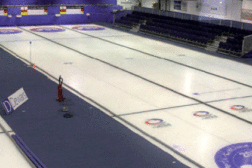Service and Maintenance
Expand Your HVAC Business with Home Energy Audits
Homeowners Are Looking for Ways to Save Energy and Money; Here’s How HVAC Professionals Can Help
October 6, 2014
Ammonia Chiller Provides Tailor-Made Refrigeration Solution for Ice Rink
Chiller Features a Very Low Ammonia Charge
August 18, 2014
10 Easy Maintenance Tips to Save Energy on Cooling Towers
A Well Maintained Unit Will Continue to Function at the Original Optimum Efficiency
August 4, 2014
Copyright ©2024. All Rights Reserved BNP Media.
Design, CMS, Hosting & Web Development :: ePublishing











